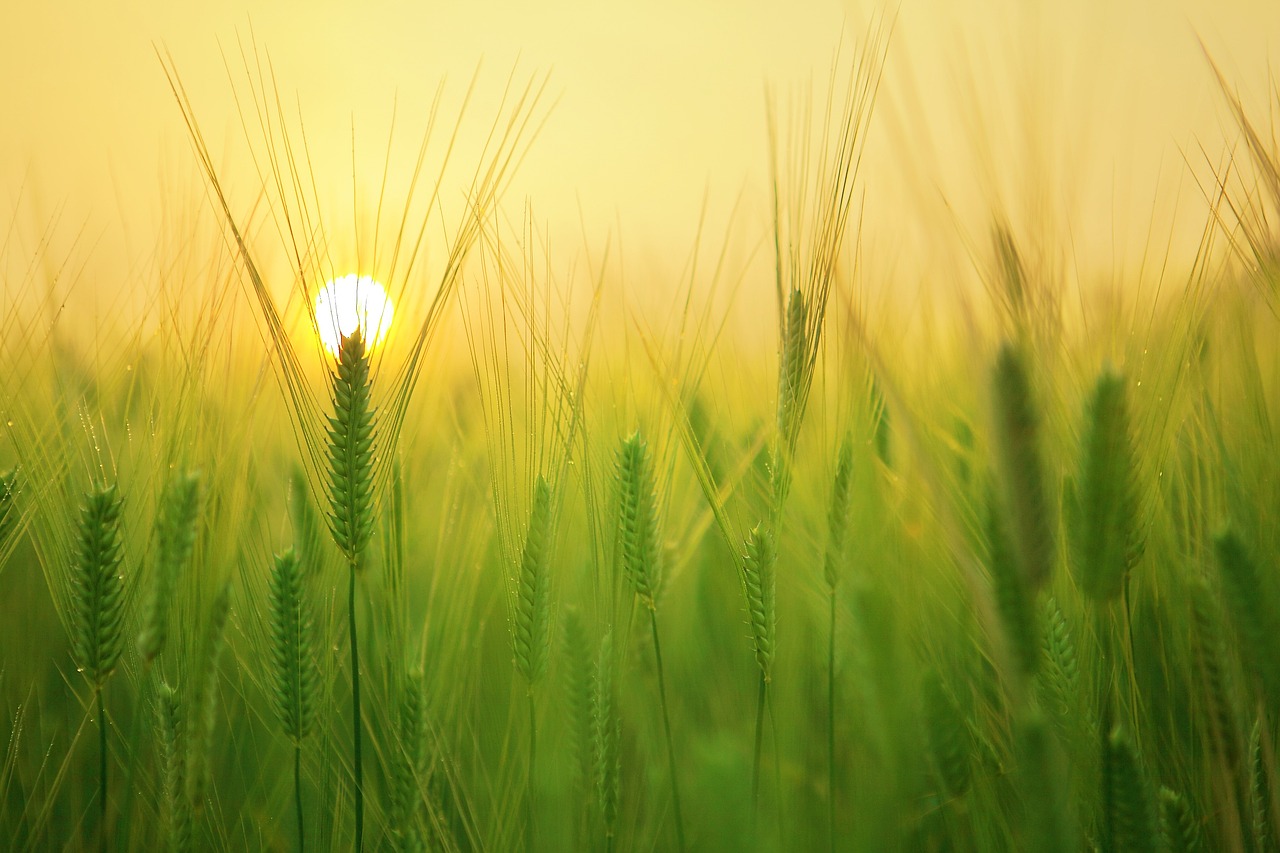
Since Russia invaded Ukraine in February 2022, the country has faced significant logistical challenges, with its main export route through the Black Sea blocked or difficult. This has led to high transport costs for grain producers, who are losing money. However, traders, shippers, and the military are making more routes available, allowing Ukraine to continue fulfilling its role as one of the world’s most important food suppliers. Nikolay Gorbachov, president of the Ukrainian Grain Association, stressed that Ukraine continues to export grain by alternative routes such as the new grain corridor.
Russia initially blockaded the Black Sea, preventing Ukraine from shipping grain through its ports. The Black Sea Grain Initiative, a deal involving the United Nations, Turkey, Ukraine, and Russia, entered into force on July 22, 2022, guaranteeing security for vessels carrying grains and oilseeds. However, Russia withdrew from the agreement on July 17 this year, resulting in river transport into the Romanian Port of Constanța becoming the main route for Ukrainian grain exports.
Ukraine also exports through the European Union, but the „solidarity lanes” organised by the 27 Member States have created friction with farmers’ groups in some EU countries near Ukraine, claiming Ukrainian shipments have distorted their local market. Gorbachov said that the problem with Poland will not be solved until the end of the year, and the hope is for a continued increase in the volume of movement through the Black Sea ports.
The International Grains Council (IGC) has released a forecast for maize exports from Ukraine, which is expected to be 18 million tonnes in 2023-24. Harvesting in Ukraine has made steady progress, with an estimated 22% completion rate. Maize exports from Ukraine have been slow due to logistical bottlenecks and seasonally tight availabilities. However, new crop supplies are now entering the export pipeline, and efforts to expand export capacity, including opening new sea routes via a temporary humanitarian corridor, are expected to accelerate shipments.
The USDA attaché put 2023-24 maize exports at 24.7 million tonnes, 8% down year-on-year. Ukraine is actively working on boosting its export and transshipment capacities, including attempting to boost the Port of Constanta transshipping capabilities. The USDA’s forecasts for Ukrainian exports of other grains in 2023-24 include 10.5 million tonnes for wheat, 1.7 million for barley, and 170,000 tonnes of rye.
Gorbachov emphasised that Ukraine is not competing with Russia, which has a different set of priorities and markets for its crops. Russia exports mainly wheat, with North Africa being their main market. Ukraine focuses more on corn, so the biggest problem is the price of logistics, which is much higher than normal routes to the Black Sea ports.
Small farmers will face difficulties, but big agri holdings will survive because they have international support and continue to grow grain. If Ukraine does not export grain, the international market price will go up, potentially leading to food inflation and food shortages in developing countries.






